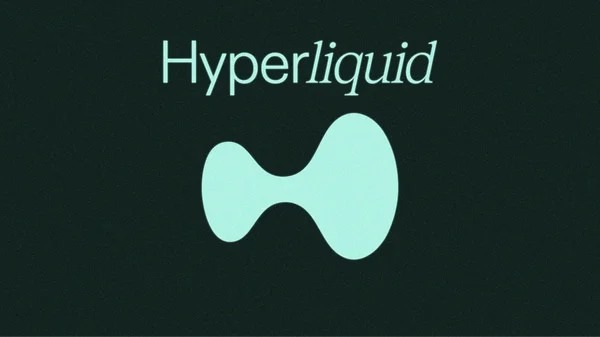Scientists in the UK have stored all the human genome — the set of genetic material, also known as the complete DNA sequence — in a 5D memory crystal in the hope that it can be used in the future as a blueprint to bring humanity back from extinction.
Developed by a team of researchers at the University of Southampton’s Optoelectronic Research Centre, the crystal could also be used to create a record of plant and animal species facing extinction.
In 2014, it was considered by Guinness the most durable digital storage material, capable of holding up to 360 terabytes of information for billions of years and can withstand extreme conditions, including freezing, fires, direct impact force, cosmic radiation and temperatures of up to 1,000 degrees Celsius.
The team of Peter Kazansky Professor of Optoelectronics at the University of Southampton, used ultrafast lasers to record human genome data in spaces as small as 20 nanometers (each nanometer is one billionth of a meter).
The data storage in the crystal was even named 5D because of the information translated into the five different dimensions of its nanostructures — height, length, width, orientation and position.
“The 5D memory crystal opens up possibilities for other researchers to build an eternal repository of genomic information from which complex organisms, such as plants and animals, could be restored if science allows in the future,” said Peter Kazansky, who led the team in Southampton.
The team had to consider who — or what — would retrieve the information, so far in the future. It could be an intelligence (species or machine) — or it could be found so far in the future that there would be no frame of reference for it. To help whoever found it, the researchers included a visual key.
“The visual key inscribed on the crystal gives the discoverer knowledge of what data is stored within and how it can be used,” Kazansky said.
“Their work is super impressive,” he said. Thomas Heinis who leads DNA storage research at Imperial College London and was not involved in the study. However, he says there are still questions about how this data might be read in the future.
“What Southampton has is probably going to last longer, but it begs the question: for what? Future generations? Sure, but how will they know how to read the crystal? How will they know how to build the device to read the crystal? Will the device be around in hundreds of years?” he added. “I can barely plug in my 10-year-old iPod and hear what I heard back then.”
For now, the crystal is stored in the Memory of Mankind archive, a time capsule inside a salt cave in Austria.
In 2018, Kazansky and his team used memory crystal technology to store Isaac Asimov’s “Foundation” trilogy of science fiction books, which were then launched into space aboard a Tesla Roadster. The technology has also been used to store important documents in human history, including the Universal Declaration of Human Rights and the Magna Carta.
Earlier this year, scientists unveiled a plan to protect Earth’s species in a cryogenic biorepository on the moon, aiming to save species in the event of a disaster on our home planet.
This content was originally published in Scientists store DNA on a “chip” to try to prevent human extinction on the CNN Brasil website.
Source: CNN Brasil
Charles Grill is a tech-savvy writer with over 3 years of experience in the field. He writes on a variety of technology-related topics and has a strong focus on the latest advancements in the industry. He is connected with several online news websites and is currently contributing to a technology-focused platform.







